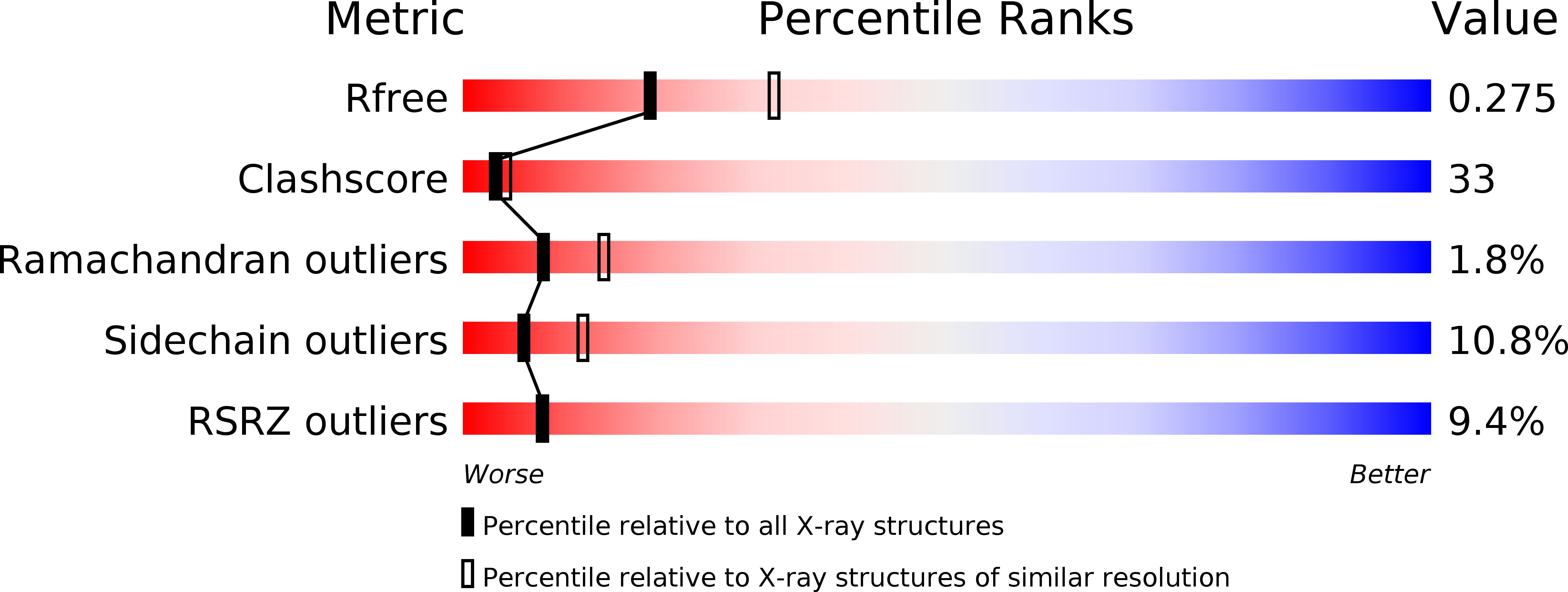
Deposition Date
2006-11-18
Release Date
2007-10-02
Last Version Date
2023-10-25
Entry Detail
PDB ID:
2E2X
Keywords:
Title:
Sec14 Homology Module of Neurofibromin in complex with phosphatitylethanolamine
Biological Source:
Source Organism:
Homo sapiens (Taxon ID: 9606)
Host Organism:
Method Details:
Experimental Method:
Resolution:
2.50 Å
R-Value Free:
0.28
R-Value Work:
0.25
R-Value Observed:
0.26
Space Group:
P 41 21 2


